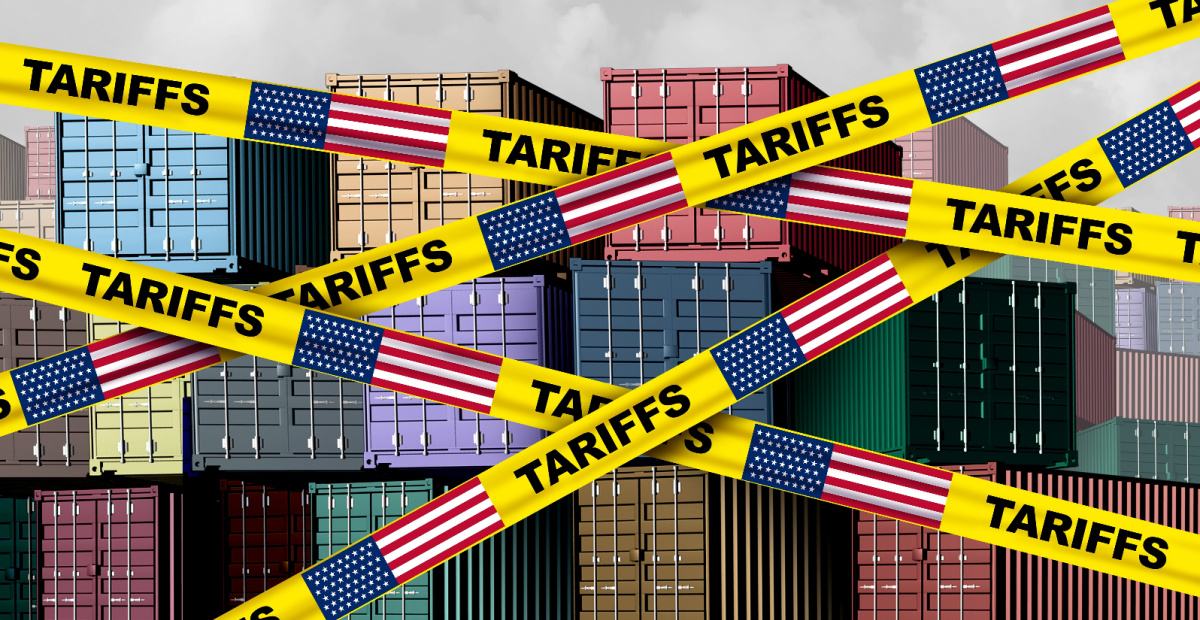THE government has unveiled a policy response aimed at buffering near-term downside risks while supporting medium-term economic resilience.
Although the impact of Trump’s tariff on the economy remains uncertain, Kenanga Research (Kenanga) expects Malaysia to benefit from trade and investment diversion as the US and China decouple, while acknowledging that downside risks persist.
Malaysia may face weaker external demand in the second half of 2025 (2H25), particularly from the US if the reciprocal tariff or higher tariff is set to be implemented after the 90-day pause.
During the special parliamentary session, the government highlighted its cautious, data-dependent approach, monitoring key macro indicators such as manufacturing orders, exports, retail sales, employee retrenchment, and loan growth to strategise policy response.
This approach ensures a structured, timely, and targeted response for affected groups. Additionally, it outlined specific measures for exporters. These measures include:
Export-Oriented Measures: Assisting businesses impacted by the tariffs, especially small and medium enterprises (SMEs). This includes RM1 bil in government guarantees to help SMEs access bank financing, RM500 mil in soft loans via development financial institutions (DFI) and continued targeted aid for directly impacted exporters.
Promoting Regional Cooperation and New Markets: Emphasis on diversifying exports to new markets like Europe, the Middle East, Central Asia and South America, while strengthening ASEAN trade via ASEAN Power Grid and cross-border trade activities.
An additional budget worth RM50 mil has been allocated to MATRADE. Previously the government has allocated RM40 mil under the Market Development Grant (MDG) to help exporters expand to new markets.
“In our view, these efforts are crucial to cushioning trade disruptions while positioning Malaysian firms for growth in non-traditional markets,” said Kenanga.
Leveraging existing partnerships with ATIGA, DEFA, RCEP and CPTPP, as well as strengthening ties with BRICS, should help Malaysia.
Besides measures focusing on exporters, the government is also accelerating infrastructure projects, including flood mitigation, the repair of dilapidated schools, and the construction of clinics, with expedited approval processes and implementation, particularly for small contractors in the G1-G4 categories.
“However, we believe there is room for additional measures to support the economy and achieve the current growth target,” said Kenanga. These measures include:
Stimulating Domestic Demand: To support private spending, which we expect to remain the anchor of growth for this year, government may increase the cash assistance or e-wallet transfers for targeted groups, with conditions to encourage spending in sectors like food, retail, and tourism.
Sector-specific incentives, such as tourism vouchers or domestic travel subsidies via e-wallets, could boost the services sector and digital economy.
Boosting Services Exports: There is potential for the government to intensify efforts in promoting services exports like tourism, education, and healthcare, in line with Visit Malaysia 2026 and taking opportunity from the potential diversion of large tourists and students from China.
Expanding visa facilitation, particularly for countries like China and India, will also support the tourism sector going forward.
Additionally, targeted tourism campaigns and activities as well as strengthening regional education partnerships will help tap into demand from neighbouring economies.
Redirecting Export Surplus to Domestic
“In our view, some selected export-oriented goods can be redirected to local consumption if the price is more attractive and competitive than the imports while receiving fiscal support or incentives from the government via subsidies or grants,” said Kenanga.
This includes electronics and processed food products which can be partially redirected to the domestic market. While the domestic market may not fully absorb the exports, it could provide some relief to exporters.
Overall, Kenanga sees room for the government to pursue a calibrated stimulus strategy, balancing short-term mitigation with longer-term reforms, particularly in boosting self-reliance and domestic economic linkages, making Malaysia more resilient to future external risks.
For now, Bank Negara Malaysia is likely to keep the Overnight Policy Rate on hold. Inflation remains benign, growth steady, and financial conditions manageable.
However, if global trade tensions intensify and domestic growth slips below 3.5% in 2H25, the case for a rate cut could gain traction.
Market consensus currently pegs GDP growth at around 4.0–5.0% for the year, giving the central bank sufficient leeway to maintain a wait-and-see approach.
In the interim, BNM is expected to prioritise targeted support instruments and preserve monetary flexibility, keeping its policy powder dry. —May 6, 2025
Main image: Financial Newswire









